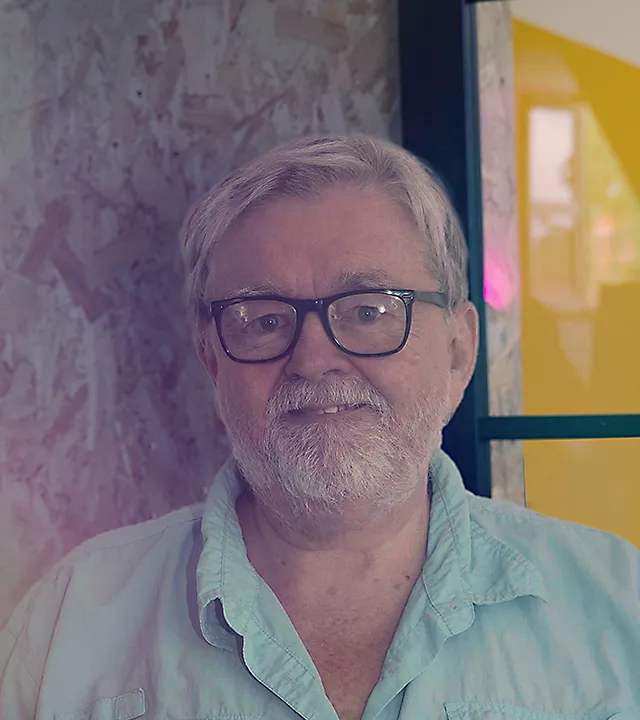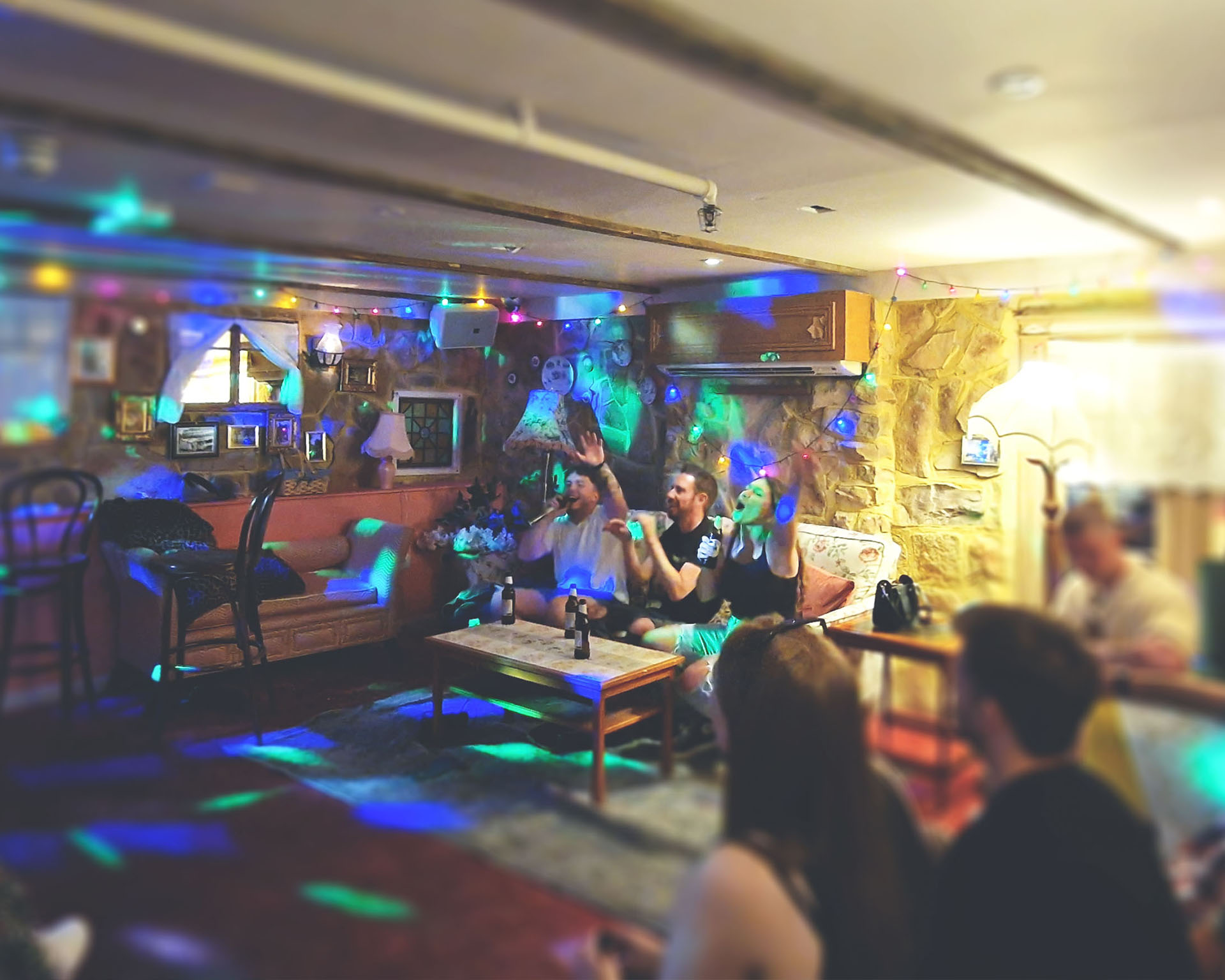From overly tanned celebrities to dodgy 1992 Tango adverts, it’s not cool to look like you’ve been tango’d and it’s never looked good in property photos, not even in the 1970’s when orange was at the height of fashion. If the President of the USA can’t get away with the look without comment, why would you want your interiors to look that way?
"So, the walls are painted white, the skirting is white, the door is white - what’s making them look orange in my photos?"
Simply, if you’re in a room lit by a bulb with little or no daylight coming through a window, the colour of the bulb’s light will likely be yellow/orange and when that light reflects around the room, it will tint the scene that colour; we call that a colour cast. So, chances are that unless you change the White Balance setting on your camera to tell it what the light source is, your photo will be tinted with those colours. White Balance (WB) is just another setting, probably available via a dial on the camera or sometimes hidden in a menu, and you use that to tell the camera the lighting conditions under which you’re photographing.
To reduce the tango’d effect with interiors you need to:
1. Open the curtains to let in natural daylight.
2. Therefore, try not to shoot your interiors at night.
3. Many times, when shooting interiors, you’ll find that you can set your camera’s White Balance to AWB (Auto White Balance) and that will work well. But, to be sure, look at your photo on your camera’s screen both before and after you’ve taken your picture and if the colours don’t look right then change the settings and take the picture again. If you can see on the screen that the colours are too orange then use the setting with the lightbulb icon! Doing that will make the camera’s software add blue to the image, counteracting the orange.
You can use White Balance settings too, to help improve your exterior photos. The cloudy setting is best used, unsurprisingly, when it’s cloudy. On a cold wintery day that setting will give your photos a warmer look than you’d get by using the Automatic White Balance setting or the Sunny setting.
When it’s sunny, use the Sun setting. If you rely on AWB, the camera will look at the scene, and it will add yellow to the image, because it will be trying to adjust for the blue that’s in the sky. So, instead of a nice blue sky, your photo will show it as being ever so slightly, green.
4. Consider switching lights off and using natural lighting, with your camera supported by a tripod.
If you still get it wrong, then post-processing can be used to reduce the effects of a colour cast with some insider knowledge, at the stroke of a button!











.jpg)